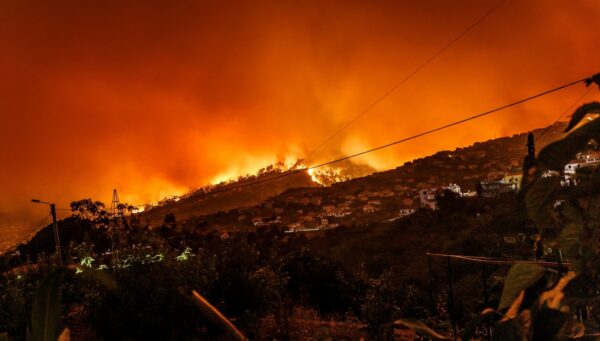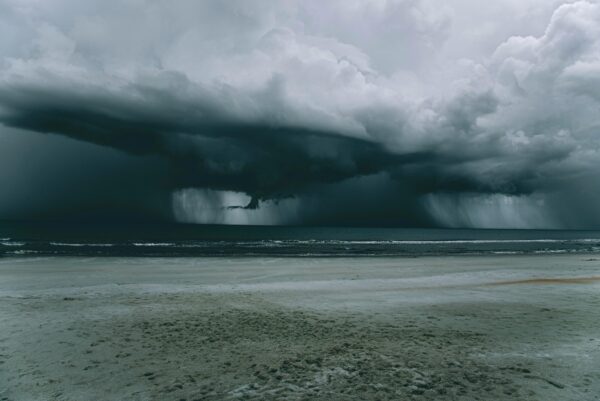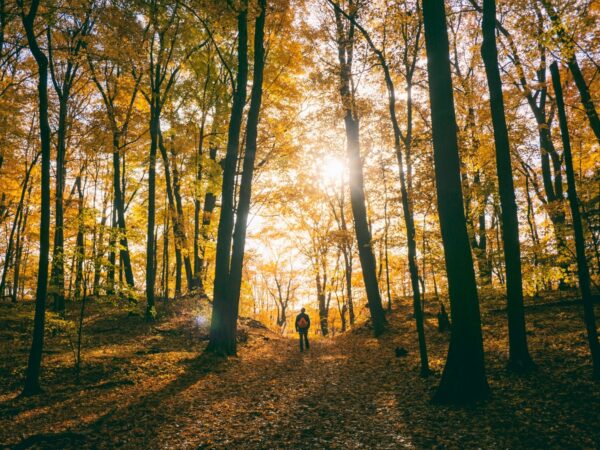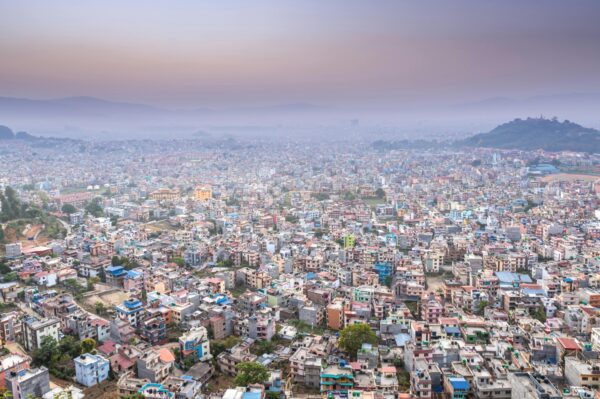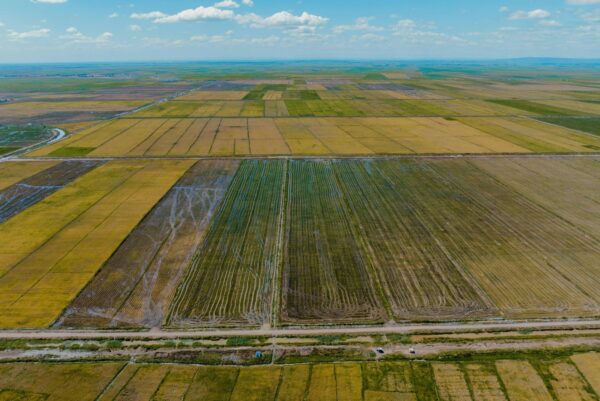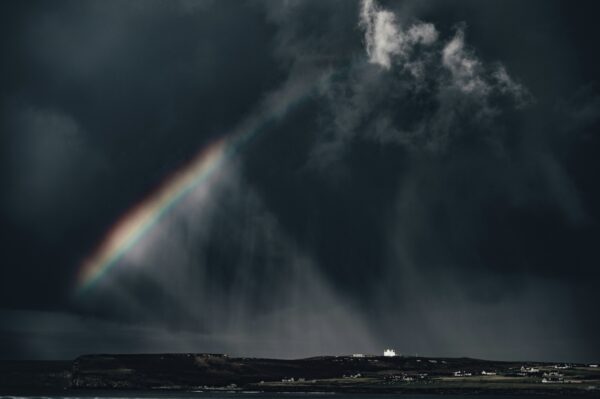Evaluating and improving the Community Land Model's sensitivity to land cover
Authors
Ronny Meier, Edouard Davin, Quentin Lejeune, Mathias Hauser, Yan Li, Brecht Martens, Natalie Schultz, Shannon Sterling and Wim Thiery
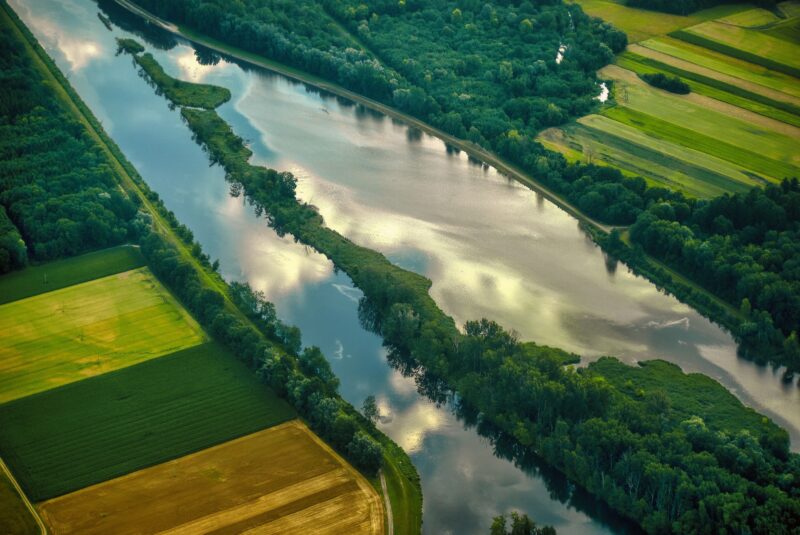
Modeling studies have shown the importance of biogeophysical effects of deforestation on local climate conditions but have also highlighted the lack of agreement across different models. Recently, remote-sensing observations have been used to assess the contrast in albedo, evapotranspiration (ET), and land surface temperature (LST) between forest and nearby open land on a global scale. These observations provide an unprecedented opportunity to evaluate the ability of land surface models to simulate the biogeophysical effects of forests.
Here, we evaluate the representation of the difference of forest minus open land (i.e., grassland and cropland) in albedo, ET, and LST in the Community Land Model version 4.5 (CLM4.5) using various remote-sensing and in situ data sources. To extract the local sensitivity to land cover, we analyze plant functional type level output from global CLM4.5 simulations, using a model configuration that attributes a separate soil column to each plant functional type. Using the separated soil column configuration, CLM4.5 is able to realistically reproduce the biogeophysical contrast between forest and open land in terms of albedo, daily mean LST, and daily maximum LST, while the effect on daily minimum LST is not well captured by the model.
Furthermore, we identify that the ET contrast between forests and open land is underestimated in CLM4.5 compared to observation-based products and even reversed in sign for some regions, even when considering uncertainties in these products. We then show that these biases can be partly alleviated by modifying several model parameters, such as the root distribution, the formulation of plant water uptake, the light limitation of photosynthesis, and the maximum rate of carboxylation. Furthermore, the ET contrast between forest and open land needs to be better constrained by observations to foster convergence amongst different land surface models on the biogeophysical effects of forests.
Overall, this study demonstrates the potential of comparing subgrid model output to local observations to improve current land surface models' ability to simulate land cover change effects, which is a promising approach to reduce uncertainties in future assessments of land use impacts on climate.




